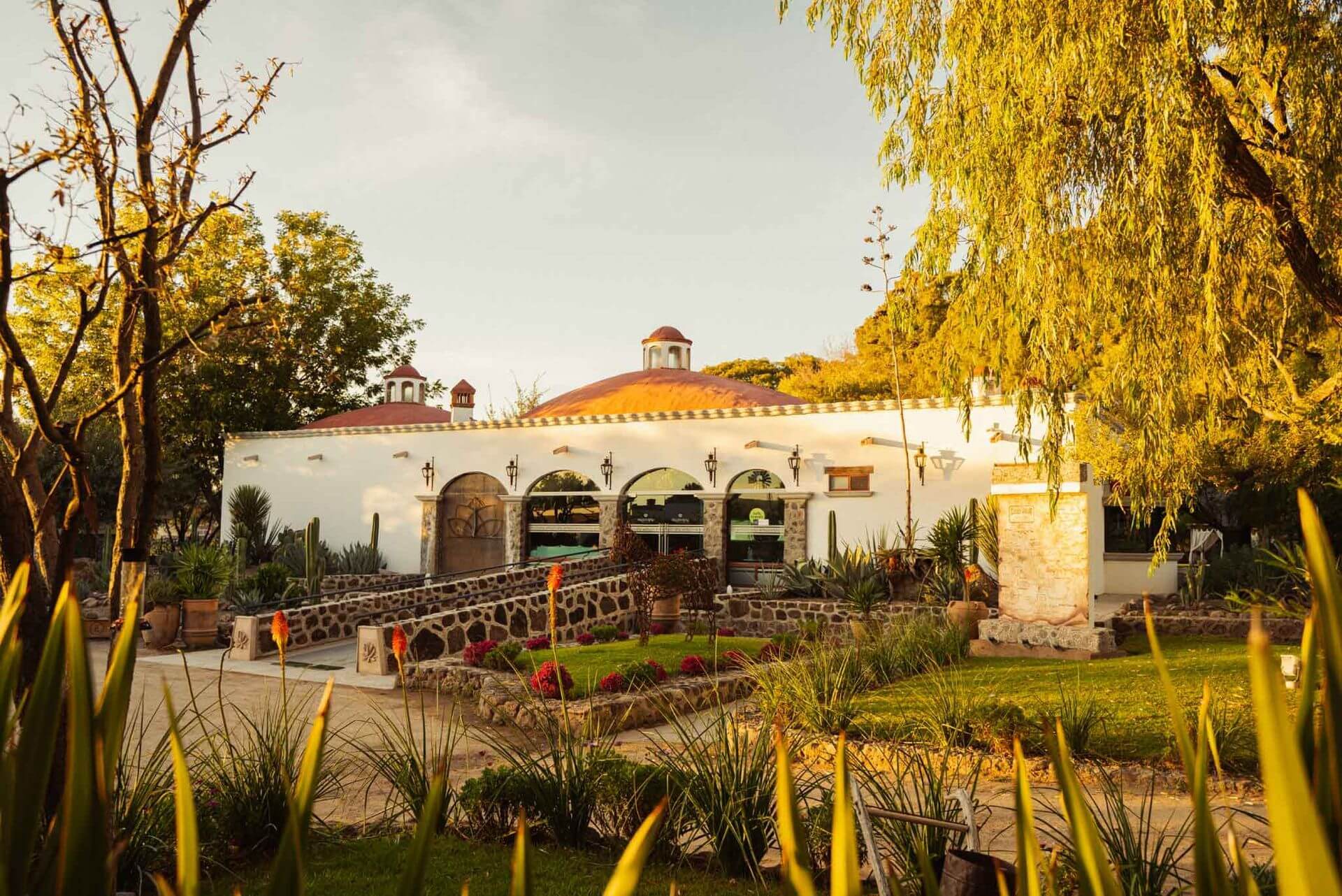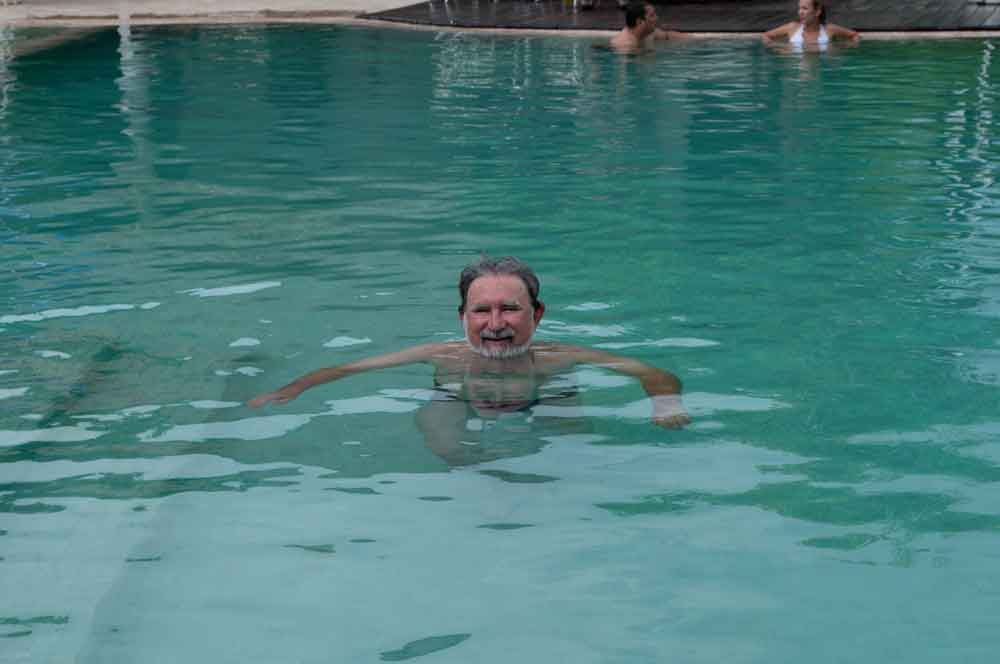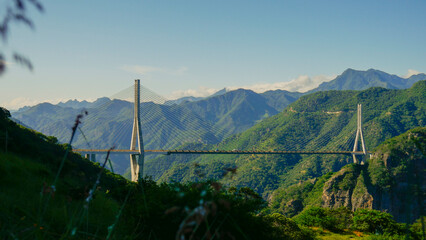
IMPORTANTS FACTS ABOUT DURANGO
Durango has a population of 1,651,273 people. It boasts an area of 47,665 square miles. Durango was admitted as a state in 1824. While lumbering and mining are popular industries of the state, ranching and farming are also major occupations. Its capital city, Victoria de Durango, was founded in 1563 by Francisco de Ibarra and is renowned for its history and architecture as well as its culture.
GEOGRAPHY OF DURANGO
Ranging through this landlocked state’s central and western regions, the Sierra Madre Occidental accounts for a considerable measure of Durango’s territory. This region is, perhaps, most famously depicted in the novel Treasure of the Sierra Madre by B. Traven. The desert regions of the state receive some irrigation via the Nazas River that also flows through Coahuila. The Chihuahuan Desert stretches through the northeastern portion of the state. The Nazas River is particularly important for its fish as well as its water. The valleys near the river are famous for their succulent growth. The canyons and forests of Durango offer travelers a glimpse into the untouched wilderness, yet they still largely remain country frequented only by backpackers and eco-tourists.
HISTORY OF DURANGO
Before the Spanish Colonial era, the area of Durango was peopled by indigenous tribes such as the Toltec and Nahuatlaca. People of the Coras, Tepehuanos, Tarahumara, and Huicholes still make their homes in the region today. However, many indigenous groups lost their lives during the Spanish conquest of Northern Mexico. Ibarra was the first to colonize the area and he named the present-day capital Durango after a Basque town in Spain. Although even historically, the entire region was sparsely populated due to the terrain, the Spanish set up both garrisons and missions to try to control northern Mexico; however, the tribes of the region resisted occupation for hundreds of years. The history of the region is riddled with native uprisings that culminated in the extermination of tribes like the Chimichecas. Eventually, Durango was made part of the Nueva Vizcaya Province. Of course, later the state became legendary as the home state of Pancho Villa, one of the most famous figures of the Mexican Revolution. Today, the state retains much of its wild and untamed air that lures many adventurers to its picturesque lands.
GASTRONOMY IN DURANGO
The Spanish conquest of the region resulted in a culinary mix of Spanish and indigenous foods. Since the early Spanish to visit the area were from Spain’s Basque region, there are many Basque influences on Durango cuisine, particularly in the capital. Caldillo, a Mexican type of beef stew, is a Durango specialty that is often made with various ingredients but typically features green chiles and tomatoes. The chicken dish known as Gallina Borracha is also a state specialty with Spanish origins; it is made with sherry, almonds, and raisins. Beef jerky is also popularly eaten as are many items typically associated with Mexican cuisine like tacos, tamales, and enchiladas.
TOURISM IN DURANGO
While much of the state’s tourism is centered in the capital, there is also a growing eco-tourism industry that features other areas around the state. While the capital draws visitors to its annual festivals like the Feria Nacional de Durango which celebrates the state’s history and culture and to its colonial architecture or other cultural features, the eco-tourism industry is promoting the state’s picturesque landscape and rugged sites that are similar in nature to other renowned sites in northern Mexico like Copper Canyon. In time, there will likely be an even greater number of eco-travel opportunities in Durango’s remote places.
OTHERS THINGS TO SEE AND DO IN DURANGO
Victoria de Durango: The capital city is rich with historical and cultural attractions as well as cafes and restaurants. Its historic city center is one of the state’s must-see destinations.
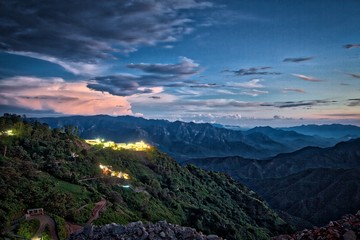
Regional Museum of Durango: Located in the capital, this museum boasts artifacts that stretch back to the age of dinosaurs; they have extensive collections that relate to the major cultures that lived in the region along with paintings and relics from the colonial and modern periods.
Annual Kayak Competition: While fishing from a kayak is popular in the Guadalupe Victoria Reservoir, the Rio Nazas Regata is an annual kayaking event that lures paddlers from far and wide.
Cathedral of Durango: The city’s first church, the cathedral was completed in 1787; however, it was begun as early as 1685. It is one of the capital’s most popularly visited attractions.
El Silencio: Sometimes compared to the phenomenon that occurs in the Bermuda Triangle, this region Durango where it borders Coahuila and Chihuahua is noted for its magnetic fields that cause radio transmissions to fail and compasses to go wild.
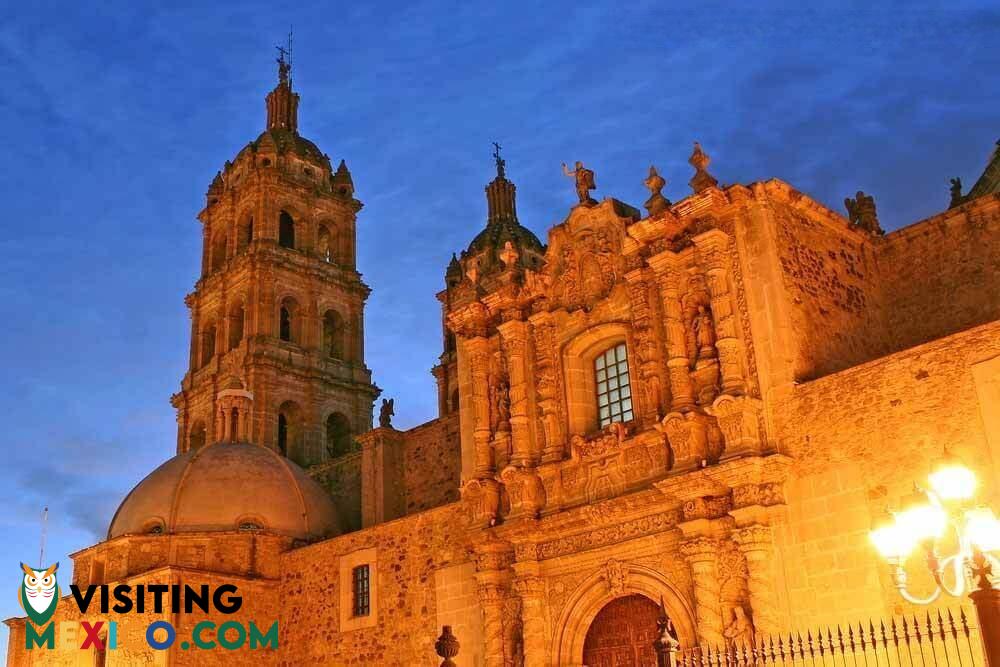
Ojuela Bridge: Regarded as the first cable bridge in Latin America, this bridge connects two mountains near the ghost town of Ojuela that was once a significant mining town.
Lerdo: This village near the Coahuila border is renowned for its ice cream. While its parks and gardens have also garnered acclaim, it’s the fresh ice cream made at local dairies with fresh milk that people come to Lerdo hungry for.
Mexiquillo: This scenic region of the Sierra Madre Occidental features the Mexiquillo Waterfall, which is a popular hiking destination. The area is famous among campers and rock climbers.
Villa del Oeste: With its Wild West appeal, this village is like visiting an old western movie set. Visitors will enjoy the Main Street buildings as well as a meal in one of the restaurants that is always best topped off by a visit to the local saloon.
La Ferreria: This restored hacienda is a famous Durango destination. The site also boasts archeological ruins and a small museum.



